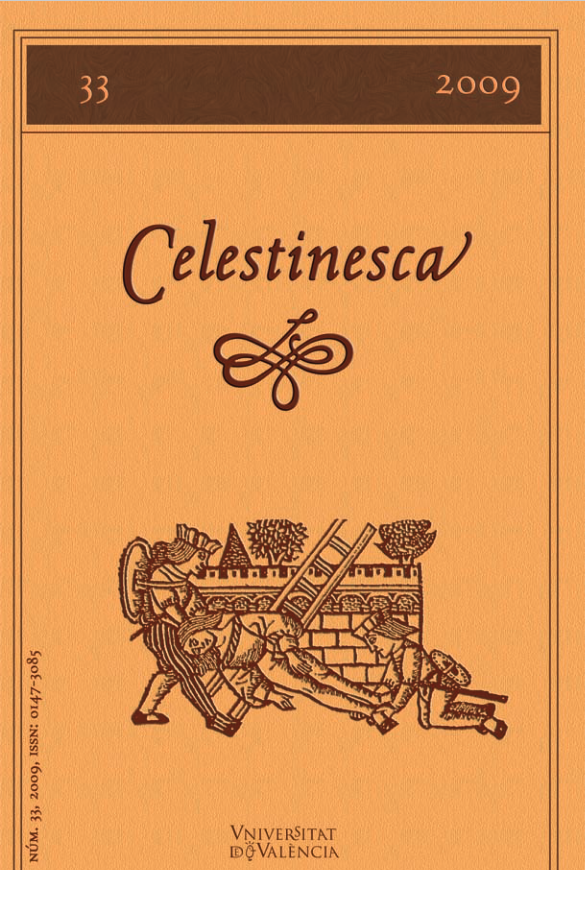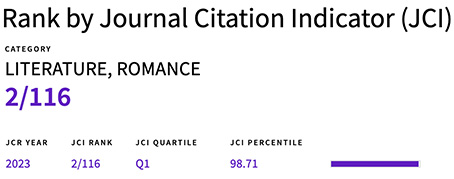«Girls Gone Wild». Medieval Spain Edition: A Cognitive, Evolutionary Approach to the Presentation of Female Sexuality in La Celestina
DOI:
https://doi.org/10.7203/Celestinesca.33.20085Keywords:
Celestina, woman wandering, female sexuality Abstract
Abstract
This study employs both a cognitive and evolutionary critical lens to demonstrate how Rojas creates within his medieval masterwork a portrayal of women as out of control sexual beings to protest his marginalized status as a converso living in late medieval Spain. As it does so it demonstrates how texts can function as windows into material minds that have long since lost their materiality. The article exploring the ways in which Rojas employs the archetype of the «wandering,» (read sexually out of control) woman to problematize the notion that the upper classes’ blood was unproblematically pure. It then concludes with a demonstration of how in doing so, Rojas provides a discursive forum for the presentation of female sexuality and as a result enables a powerful form of female resistance to power that he himself most likely could not have fully appreciated or understood. But which, luckily, we as 21st century critics, both, can, and should, comprehend and appreciate.
 Downloads
Downloads
Downloads
Published
How to Cite
-
Abstract555
-
PDF (Español)248
Issue
Section
License
![]() Celestinesca is committed to the dissemination of knowledge, that is why access to its contents is free and is ruled by a Creative Commons Attribution-NonCommercial-NoDerivatives 4.0 license.
Celestinesca is committed to the dissemination of knowledge, that is why access to its contents is free and is ruled by a Creative Commons Attribution-NonCommercial-NoDerivatives 4.0 license.
Authors retain the rights to their works. Therefore, they can disseminate them and deposit them in the repository, institutional or not, that they wish. However, they are kindly requested to do so by providing the full bibliographic reference and the corresponding DOI.
Celestinesca does not charge authors for submitting, processing, reviewing or publishing their articles.





